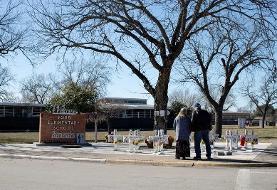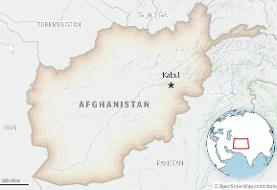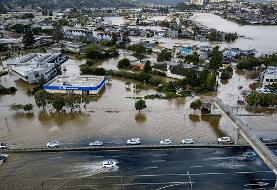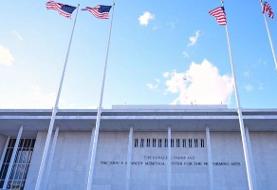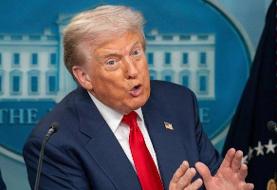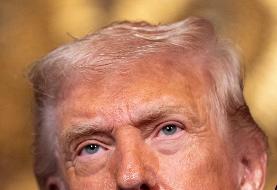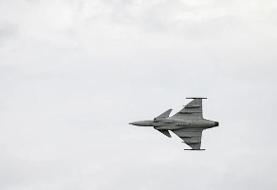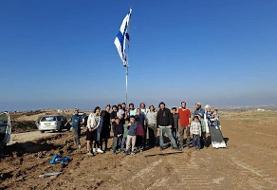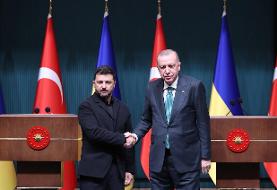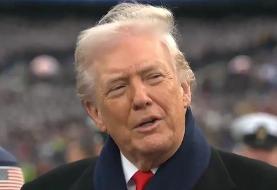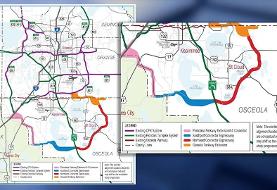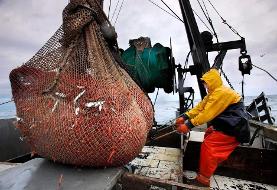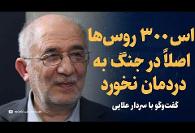Mention you saw it on Kodoom when calling for Early Bird Ticket information.
This paper asks whether and how material appropriations of pre-Islamic antiquity occurred in 16th to 17th-century Iran. We look for new perspectives on the spoliation and creative visioning of imperial Achaemenid (6th to 4th centuries BCE) and Sassanian (3rd to 7th centuries CE) ruins in the wake of Shah Abbas I’s (1571 – 1629) reformation of the Iranian state. This political process coincided with the moment in European thought when pre-Islamic Iran became a locatable reality, encountered in both print travel accounts and dramatic space, for instance Hackluyt’s Voyages (1589) and Marlowe’s Tamburlaine pt 1 (1587). Shah Abbas’s political machinations were globally impactful on emerging ideas about the ancient Near East between 1590 and 1630, but the specifics of any Safavid interaction with the Iranian past are rarely examined. Safavid ‘antiquarianism’ may have been informed by Shah Abbas’ displacement of mystically-inclined knowledge communities in favour of a newly state-oriented Shia congregational practice in the late sixteenth century. In the context, we query whether the depiction of figural stone relief panels in Safavid architectural views in an Isfahani manuscript relates to active interventions reported for the period at the site of Persepolis.
Contact the organizer for latest event info. Kodoom.com is not responsible for any changes made in the above information. Report or Flag this event





